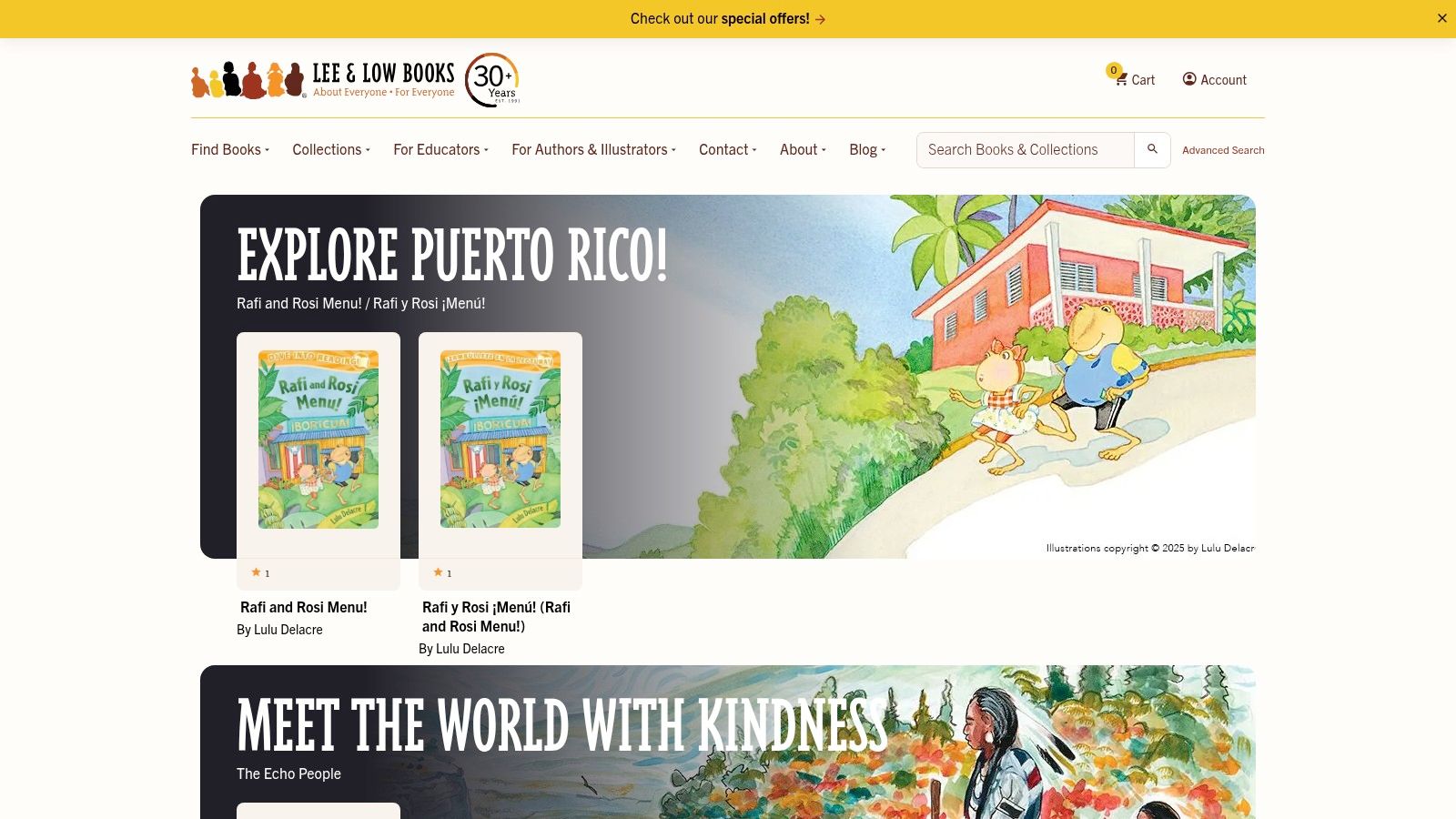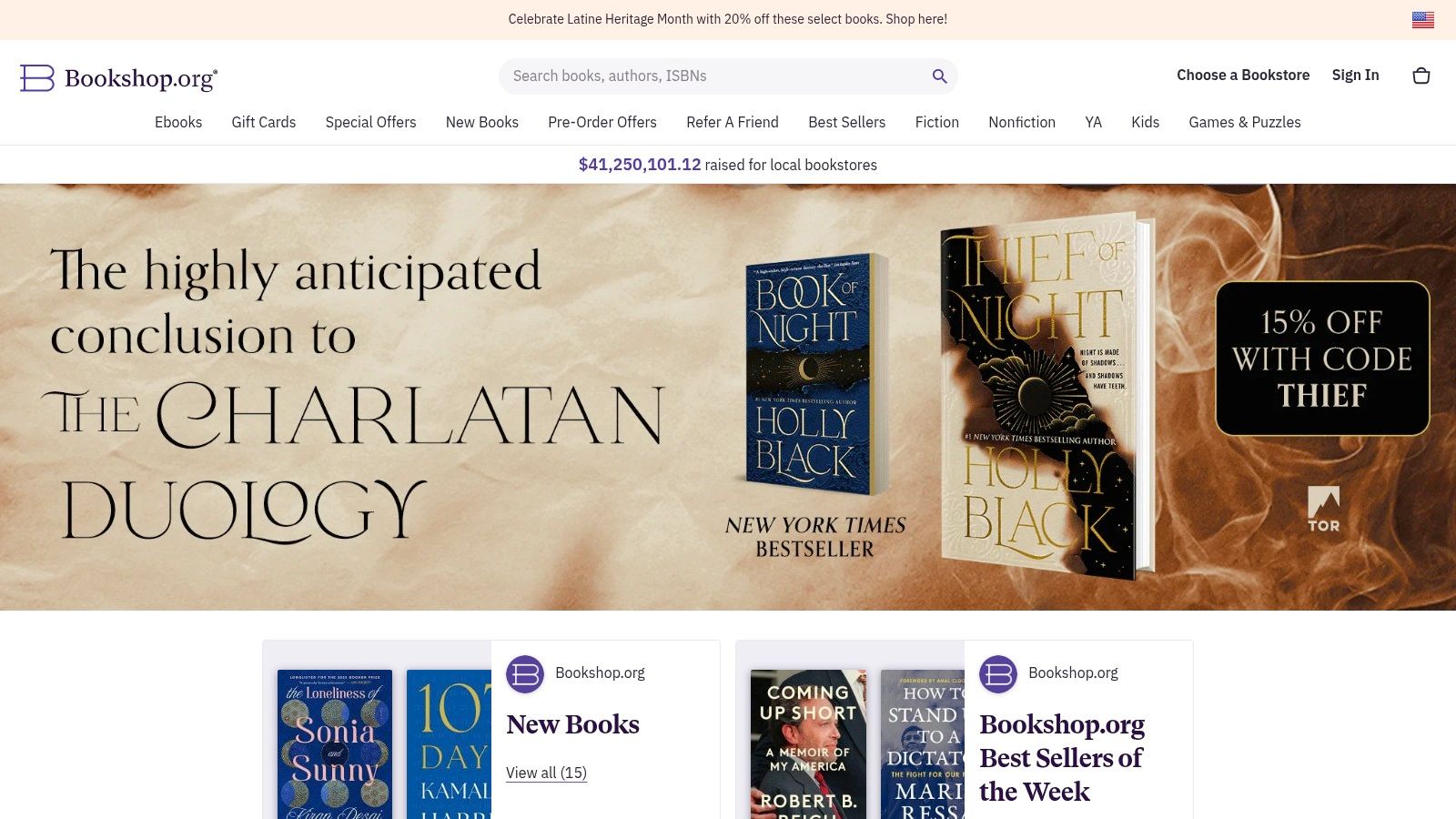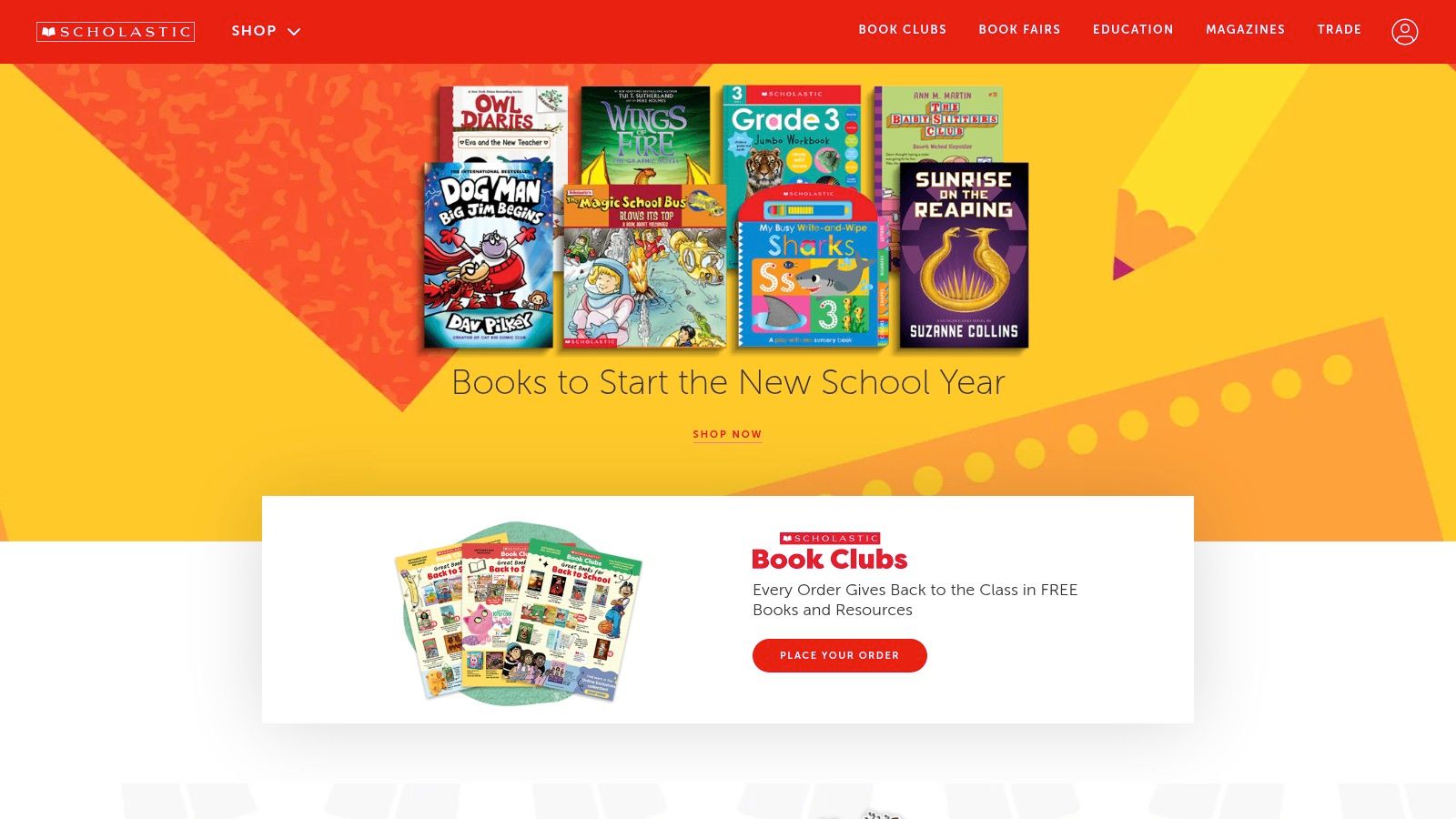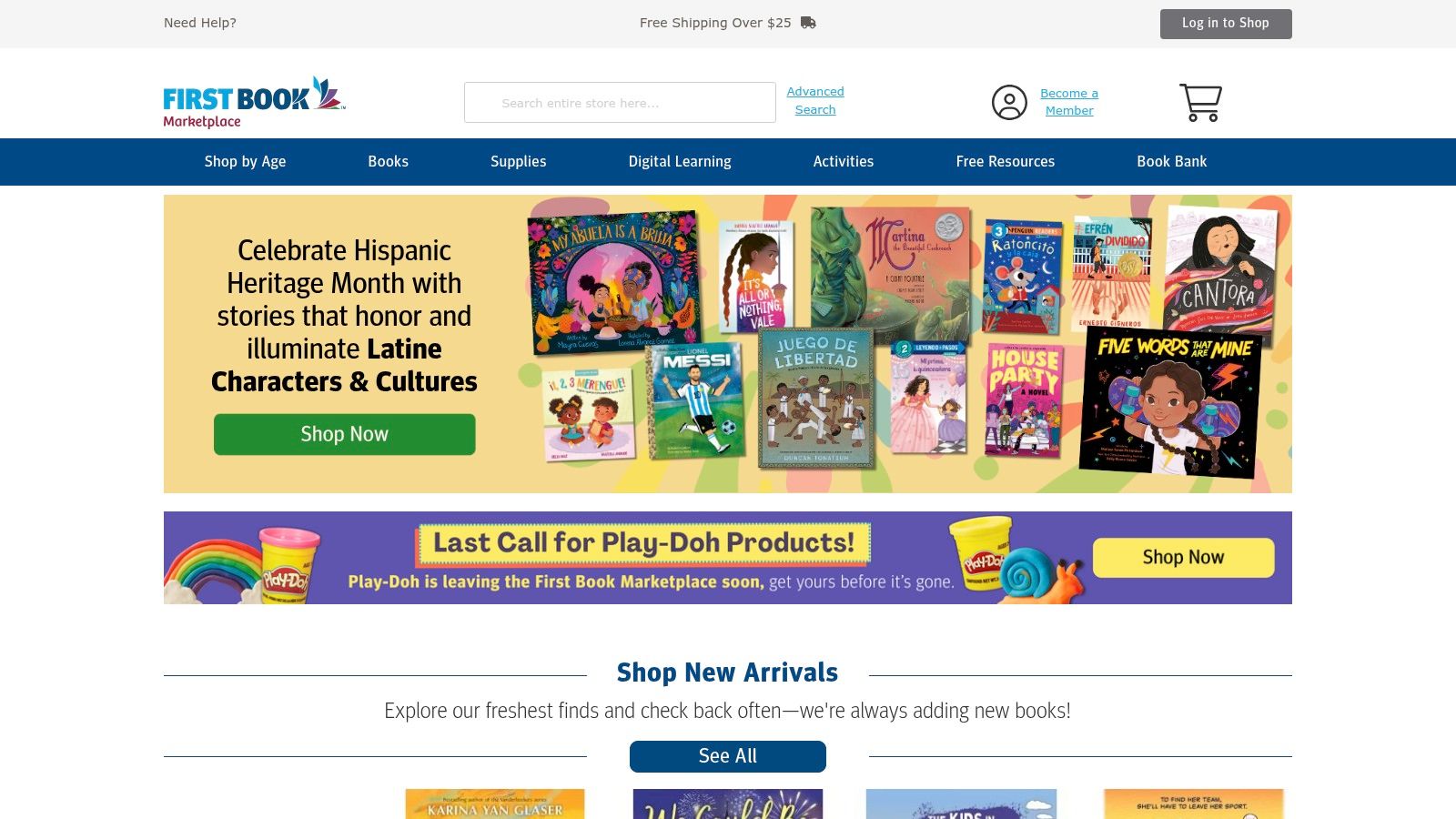In a world rich with diverse cultures, traditions, and perspectives, the stories we share with children hold immense power. Books act as both mirrors, reflecting a child's own experiences and validating their identity, and as windows, offering views into the lives of others. Providing access to a wide array of multicultural books for elementary students is fundamental to fostering empathy, curiosity, and a more inclusive understanding of the global community. When children see themselves and their peers represented authentically in literature, it builds self-esteem and creates a more welcoming classroom and home environment.
This curated list is designed to help parents, caregivers, and educators discover powerful and engaging stories that celebrate diversity. We've compiled a selection of exceptional multicultural books for elementary students, perfect for sparking meaningful conversations and broadening young horizons. Each entry provides a clear synopsis, highlights key themes, and suggests appropriate grade levels to help you find the perfect read for your young learners. From vibrant picture books depicting different family traditions to early chapter books about navigating new friendships across cultural lines, these titles are more than just stories; they are bridges to understanding. Let’s explore the books that will open up the world for your students.
1. We Need Diverse Books
We Need Diverse Books (WNDB) is a non-profit organization that has become a cornerstone resource for anyone seeking multicultural books for elementary students. More than just a website, it's a movement dedicated to creating a world where every child can see themselves in the pages of a book. Its website serves as a central hub for discovering diverse literature, accessing educational resources, and connecting with a community passionate about inclusive storytelling.
Why It Stands Out
What makes WNDB exceptional is its comprehensive, mission-driven approach. Unlike commercial retailers, its recommendations are curated by experts, educators, and librarians focused solely on authenticity and quality representation. The platform isn't just selling books; it's providing the context and tools needed to use them effectively in classrooms and homes.
A key feature is the "Our Stories" app, a powerful tool designed to help users find and purchase diverse books from independent bookstores. This directly supports small businesses while making the search for specific titles seamless.
How to Use the Platform Effectively
To get the most out of the WNDB website, start by exploring their curated resources.
- Reading Lists: Check out their summer reading series and other themed lists, which are often categorized by age and specific cultural heritage months. These are perfect for educators planning their curriculum or parents looking for seasonal reads.
- Educator Resources: WNDB provides extensive materials, including lesson plans and discussion guides, to help teachers integrate diverse books into their classrooms meaningfully.
- The "Our Stories" App: Download the app to discover titles that reflect a wide range of experiences. You can search by character identity, genre, and age level, making it easy to find exactly what you need.
Pro Tip: Follow WNDB on social media and subscribe to their newsletter. They regularly highlight new releases, award winners, and author interviews, offering a constant stream of fresh, high-quality recommendations for multicultural books for elementary students.
Access to all resources on the website is completely free, although they do accept donations to support their initiatives. The platform is a non-commercial, invaluable guide for building a truly diverse and inclusive library.
Website: https://diversebooks.org/
2. Lee & Low Books
Lee & Low Books is the largest multicultural children's book publisher in the United States, making its website an essential destination for anyone serious about sourcing authentic multicultural books for elementary students. For over three decades, this independent, family-owned publisher has been dedicated to producing high-quality literature that features diverse characters and stories. Their website is more than a bookstore; it's a curated library and resource hub for educators and parents.

Why It Stands Out
What distinguishes Lee & Low Books is its unwavering publisher-led commitment to authenticity and its direct support for educators. Unlike general retailers that aggregate titles from various sources, every book in their catalog is a result of their mission-driven publishing process. This ensures consistent quality and a deep well of #OwnVoices stories, where authors and illustrators share their own cultural experiences. You can learn more about their significant impact on representation in children's literature.
A standout feature is their robust collection of bilingual and Spanish-language books, providing crucial resources for dual-language classrooms and bilingual families. Their focus on creating classroom-ready materials makes them a trusted partner for schools nationwide.
How to Use the Platform Effectively
Navigating the Lee & Low Books website is straightforward, but a few strategies can enhance your experience.
- Explore by Culture or Theme: Use the site's filtering options to find books focusing on specific cultures (e.g., Asian/Asian American, Latino, Native American) or themes like immigration, social justice, and family. This is perfect for aligning book choices with curriculum units.
- Utilize the Teacher's Guides: Most books come with free, downloadable teacher's guides that include discussion questions, lesson plans, and curriculum connections. These are invaluable tools for integrating multicultural books into your teaching.
- Check Out the Blog: The publisher’s blog offers author interviews, industry insights, and book roundups, providing context and fresh ideas for building a diverse library.
Pro Tip: Look for the "Book Collections" section to find curated sets of books for different grade levels or topics. Purchasing these bundles is an efficient and cost-effective way to instantly diversify a classroom or school library.
While books are sold at list price, the publisher frequently offers sales and educator discounts. The platform is a commercial website, but its primary function is to serve as a high-quality, specialized resource for authentic diverse literature.
Website: https://www.leeandlow.com
3. Bookshop.org
Bookshop.org is an online bookstore with a mission to financially support local, independent bookstores. It provides a socially conscious alternative to large online retailers, allowing consumers to purchase books while contributing to the health of the literary community. For those searching for multicultural books for elementary students, it serves as a powerful platform that combines a vast inventory with ethically driven purchasing.

Why It Stands Out
What makes Bookshop.org a standout choice is its unique business model. Every purchase made on the site contributes to an earnings pool that is evenly distributed among independent bookstores. This allows users to access the convenience of online shopping without diverting funds away from the small businesses that are often hubs for community and diverse literary curation.
Its most valuable feature for this listicle is the curated book lists. These are created by a wide range of experts, including booksellers, publishers, authors, and educators. This means you can find thoughtfully compiled lists specifically focused on diverse voices and multicultural themes, vetted by people who are passionate about children's literature. You can find more information about why using platforms like this to find quality children's literature is important in our recent blog post, where we explore the topic of diverse kids' books.
How to Use the Platform Effectively
To get the most out of Bookshop.org, lean into its community-curated features.
- Browse Curated Lists: Use the search bar to look for terms like "diverse kids' books," "AAPI heritage," or "Black history." This will bring up dozens of lists created by bookstores and organizations across the country.
- Find a Specific Bookstore: If you have a favorite local indie bookstore, you can search for them on the platform. By shopping through their specific storefront, you ensure they receive 100% of the profits from your order.
- Explore Categories: Navigate to the "Children's" section and use the sub-categories to narrow down your search by age, format, and specific topics related to multiculturalism and diversity.
Pro Tip: Many authors and educators maintain their own book lists on Bookshop.org. Follow your favorite diverse authors on social media, as they often link directly to their curated collections, giving you recommendations straight from the source.
Purchasing from Bookshop.org is straightforward, with transparent U.S. shipping and clear return policies. While it may not have the deep discounts of larger competitors, the value lies in supporting an ecosystem that champions diverse stories and local businesses.
Website: https://bookshop.org
4. Amazon (Books)
Amazon, the world's largest online retailer, offers an unparalleled selection of multicultural books for elementary students. While it may seem like an obvious choice, its sheer volume, competitive pricing, and convenience make it an essential tool for parents and educators building a diverse library. It serves as a one-stop shop where nearly any title, from award-winning new releases to out-of-print classics, can be found and delivered quickly.
Why It Stands Out
What makes Amazon a powerful resource is its unmatched breadth of availability and format options. Unlike curated non-profits, Amazon’s strength lies in its massive inventory, which includes hardcover, paperback, Kindle, and audiobook versions of countless titles. This allows users to find books that fit any budget or reading preference, including affordable used copies from third-party sellers.
A key feature is the customer review system paired with the "Look Inside" preview. This combination allows you to vet a book's content and see what other parents and teachers think before purchasing, which is particularly helpful when navigating the vast marketplace to find high-quality, authentic stories.
How to Use the Platform Effectively
To get the most out of Amazon, it’s best to use it for targeted searches rather than general browsing.
- Search with Specificity: Instead of a broad search like "diverse books," use more targeted keywords from lists you've found elsewhere. For example, search for "Filipino folktales for kids" or the title of a specific book you discovered on a curated blog.
- Utilize Filters: Use the filtering options on the left-hand sidebar to narrow results by age range (e.g., 6-8 years), format (paperback), and language. This helps cut through the noise and find exactly what you need.
- Check Different Editions: Always compare prices between hardcover, paperback, and used options. You can often find a "like new" used copy for a fraction of the price, making it easier to acquire more multicultural books for elementary students. Many educators find this platform useful for purchasing class sets, as you can learn more about finding elementary school books on dedicated blogs.
Pro Tip: Create a "Wish List" dedicated to multicultural books. As you discover titles from other sources like WNDB or award lists, add them to your Amazon list. This keeps them organized and allows you to watch for price drops or sales.
While the discovery experience can be overwhelming, Amazon is a commercial marketplace whose primary advantage is fulfillment. It’s the best place to go when you know what you want and need it quickly and affordably.
Website: https://www.amazon.com/books
5. Scholastic (Teacher & Parent Stores; Book Fairs)
Scholastic is a familiar name in elementary education, serving as a major publisher and retailer deeply integrated into the school system. Its website acts as a powerful portal for both teachers and parents seeking multicultural books for elementary students that align with classroom needs. Through its online stores, book clubs, and iconic book fairs, Scholastic makes discovering diverse and culturally relevant literature both accessible and affordable.

Why It Stands Out
Scholastic’s primary advantage is its direct connection to the school curriculum. Its selections are often vetted by educators, ensuring they are age-appropriate and educationally sound. The platform excels at packaging books into convenient formats, such as classroom packs and themed collections, making it easy for teachers to build an inclusive library quickly.
A key feature is the Curated Diverse Books for Students hub, which provides organized lists and resources specifically for finding representative stories. The combination of school-aligned content, frequent promotions, and bulk purchasing options makes it a practical, one-stop shop for educators on a budget.
How to Use the Platform Effectively
Navigating Scholastic's vast offerings is easier when you know where to look. While the website is segmented for different users (teachers vs. parents), the resources often overlap.
- Explore the Teacher Store: Even if you're a parent, the Teacher Store's "Diversity & Inclusion" section offers curated packs and collections that are perfect for building a home library.
- Leverage Book Clubs: Scholastic Book Club flyers are an excellent, low-cost way to find high-quality multicultural books. Teachers can share digital flyers, and parents can order directly, supporting their child's classroom with every purchase.
- Look for Seasonal Collections: Scholastic frequently creates collections around heritage months like Black History Month or Hispanic Heritage Month, providing timely and relevant reading suggestions.
Pro Tip: Keep an eye out for Scholastic's frequent sales and promotions. Signing up for their emails can unlock significant discounts, free shipping offers, and bonus points for teachers, stretching your book budget further.
Purchasing is done directly through the website, with options varying based on whether you are shopping as a teacher or a parent. While curation can vary by season, the platform remains a reliable and budget-friendly resource for finding excellent multicultural books for elementary students.
Website: https://www.scholastic.com
6. First Book Marketplace
First Book Marketplace is a nonprofit e-commerce platform specifically designed for educators and program leaders serving children in need. It is a powerful resource for acquiring new, high-quality, and deeply discounted multicultural books for elementary students. Its core mission is to remove barriers to book ownership and ensure that all children have access to literature that reflects their own lives and the diverse world around them.

Why It Stands Out
What makes First Book Marketplace indispensable is its unique model that combines affordability with a deep commitment to authentic representation. Unlike traditional retailers, it provides books at significantly reduced prices, and in some cases for free, to those who need them most. Its eligibility requirement ensures that resources are directed to under-resourced communities.
A standout feature is the Stories for All Project™, a curated collection that specifically highlights diverse and inclusive titles. This initiative makes it easy for educators to find books featuring characters of color, individuals with disabilities, and characters from various cultural and family backgrounds, including #OwnVoices selections.
How to Use the Platform Effectively
To leverage the First Book Marketplace, eligible educators must first register for a free membership.
- Explore Curated Collections: Navigate directly to the "Diversity & Inclusion" section or the Stories for All Project™ catalog to find expertly vetted multicultural books. These collections are organized by topic, heritage, and identity, simplifying the search.
- Check the Book Bank: This section offers books available for only the cost of shipping. Inventory changes frequently, so check back often for new donations of diverse titles.
- Look for Special Editions: First Book often partners with publishers to create exclusive, affordable paperback editions of popular hardcover books, making it possible to build extensive classroom libraries on a tight budget.
Pro Tip: Keep an eye on your email for notifications about grants and funding opportunities. First Book frequently partners with corporations to provide credits that members can use to purchase books from the Marketplace, often for free.
Access is restricted to eligible educators and programs in the U.S. serving children in need, but for those who qualify, it is an unparalleled resource for building an inclusive library.
Website: https://www.fbmarketplace.org
7. Epic (GetEpic)
Epic is a massive digital reading platform designed specifically for kids 12 and under, offering an unparalleled library of over 40,000 books, audiobooks, and videos. For educators and parents searching for multicultural books for elementary students, Epic functions as an "all-you-can-read" digital bookshelf. It provides immediate access to a vast and diverse catalog from over 250 of the world's best publishers, all within a kid-safe, engaging environment.
Why It Stands Out
What makes Epic an essential tool is its sheer volume combined with smart curation. While other platforms may offer diverse titles, Epic’s strength lies in its educator-created collections focused on diversity, inclusion, and cultural representation. These curated lists take the guesswork out of finding high-quality, authentic stories, making it easy to align reading with specific heritage months or social-emotional learning goals.
The platform's interactive features, like reading badges and progress tracking, gamify the experience and motivate young readers. This is especially useful in a classroom setting, where teachers can monitor reading progress and assign specific multicultural collections to support their curriculum.
How to Use the Platform Effectively
To get the most out of Epic, educators and parents should leverage its powerful filtering and collection features.
- Explore Collections: Use the search bar to look for terms like "AAPI Heritage," "Hispanic Heritage," or "Black History." Epic's pre-made collections group relevant books, audiobooks, and videos, providing a comprehensive resource for thematic units.
- Create Assignments: Teachers can create and assign specific multicultural book collections to individual students or the entire class. This is perfect for remote learning, literacy centers, or focused reading projects.
- Utilize Reading Levels: Filter the extensive library by reading level (e.g., Fountas & Pinnell, AR) to find culturally relevant books that are also developmentally appropriate for each student.
Pro Tip: Encourage students to use the "Read-To-Me" feature for many of the multicultural picture books. This audio support helps with pronunciation of unfamiliar names or words from different languages, making the stories more accessible and immersive for all learners.
Epic School is free for educators and students to use during school hours. For unlimited, 24/7 access at home, a monthly subscription is required. While some popular print-only titles might not be available, its instant digital access makes it an invaluable resource.
Website: https://www.getepic.com
Multicultural Books Sources Comparison
| Item | 🔄 Implementation Complexity | ⚡ Resource Requirements | 📊 Expected Outcomes | 💡 Ideal Use Cases | ⭐ Key Advantages |
|---|---|---|---|---|---|
| Eleanor the Mockingbird | Low - simple storybook for young readers | Minimal - print book and basic educator use | Builds empathy, promotes inclusion in K-3 readers | Families, early elementary classrooms | Focuses on identity and inclusion; engaging illustrations |
| Lee & Low Books | Medium - publisher with diverse imprints | Moderate - varied culturally rich catalogs | Consistent quality multicultural collections | Schools, libraries building diverse collections | Deep, curated catalog; strong educator resources |
| Bookshop.org | Low - online bookstore platform | Low to Medium - access to indie bookstores | Supports local stores, offers curated diverse lists | Buyers seeking social impact and curated selections | Ethos-driven model; reliable U.S. shipping |
| Amazon (Books) | Low - large marketplace with broad access | High - vast inventory and fast delivery | Wide availability, competitive pricing | General consumers needing specific titles fast | Biggest selection; multiple formats & discounts |
| Scholastic (Teacher & Parent Stores) | Medium - school-integrated sales and fairs | Moderate - school partnerships and packs | School-aligned diverse books and bulk purchase savings | Elementary schools, book fairs | Frequent deals; strong teacher brand recognition |
| First Book Marketplace | Medium - nonprofit with eligibility criteria | Low to Medium - discounted and donated books | Affordable diverse titles for qualifying educators | Educators serving children in need | Best pricing for eligible programs; curated diverse selection |
| Epic (GetEpic) | Medium - digital platform with subscription | Medium - digital infrastructure and licensing | Instant access to multicultural books and analytics | Schools and families using digital reading tools | Vast digital library; supports remote/blended learning |
Curating Your Library: The Journey to a More Inclusive Bookshelf
Building a diverse library is not a one-time task but a continuous journey of discovery and learning. The tools and platforms we've explored, from specialized publishers like Lee & Low Books to comprehensive digital libraries like Epic, provide a robust starting point for educators, parents, and librarians. Each resource offers a unique pathway to finding authentic and engaging multicultural books for elementary students, ensuring that every child can see themselves and their peers reflected in the stories they read.
The goal is to move beyond simply adding a few "diverse books" and instead cultivate a collection where inclusivity is the standard. This means actively seeking out stories that celebrate different cultures, challenge stereotypes, and offer nuanced perspectives on the human experience. Remember, a truly multicultural bookshelf is not just about representation; it’s about providing windows, mirrors, and sliding glass doors for young minds.
Your Action Plan for a Diverse Collection
To turn inspiration into action, consider these practical next steps. Your specific needs will determine which tools are most effective for you.
- For Curated, Award-Winning Titles: Start with Lee & Low Books or First Book Marketplace. These platforms are specifically designed to champion underrepresented voices and provide high-quality, culturally authentic literature. They are excellent for educators building a core classroom library.
- For Supporting Independent Bookstores: Use Bookshop.org to purchase titles. This allows you to find specific multicultural books for elementary students while financially supporting the local bookstores that are often the heart of our communities.
- For Digital Access and Variety: If you need a vast digital library accessible on multiple devices, Epic is an unparalleled resource. Its search filters and curated collections make it easy to find diverse books that match specific reading levels and interests.
- For Budgeting and Grant Opportunities: Building a library requires resources. If funding is a challenge, explore grant options. For instance, understanding how technology grants for local libraries are being used to expand digital access can provide a roadmap for securing similar support for your own school or community.
Key Considerations for Implementation
As you begin curating, keep these factors in mind. First, evaluate your current collection for gaps. Are certain cultures, regions, or experiences underrepresented? Second, involve students in the selection process. Ask them what kinds of stories they want to read and empower them to help build their own library. Finally, integrate these books meaningfully into lessons and conversations. A story's impact is magnified when it becomes a catalyst for discussion about empathy, identity, and global citizenship.
By intentionally using these tools, you are doing more than just buying books. You are investing in a more inclusive, empathetic, and informed generation of readers. The journey to a diverse bookshelf is an act of profound educational and social importance, one that enriches the lives of every student it touches.
Ready to discover more heartfelt stories from independent voices? Number 6 Publishing is dedicated to creating and championing inclusive books that resonate with young readers. Explore our catalog of diverse middle grade and YA titles at Number 6 Publishing and find your next favorite read.
